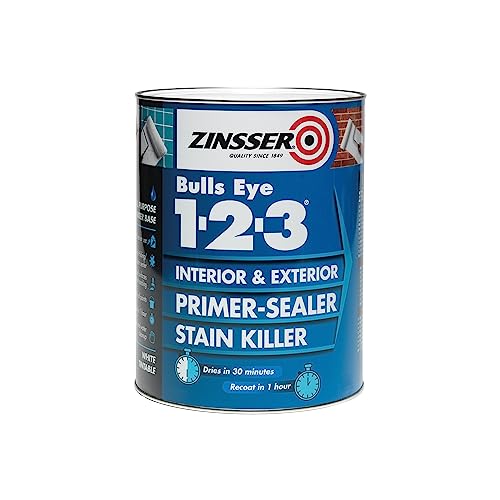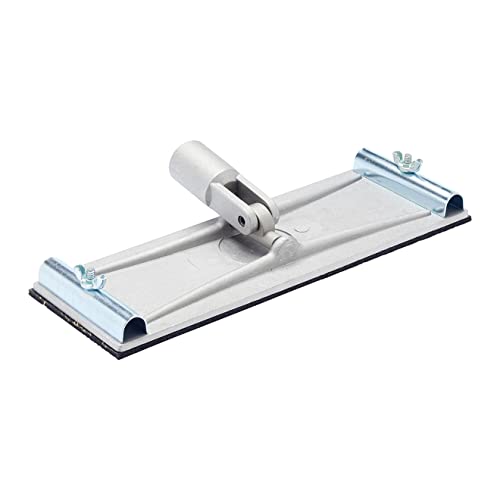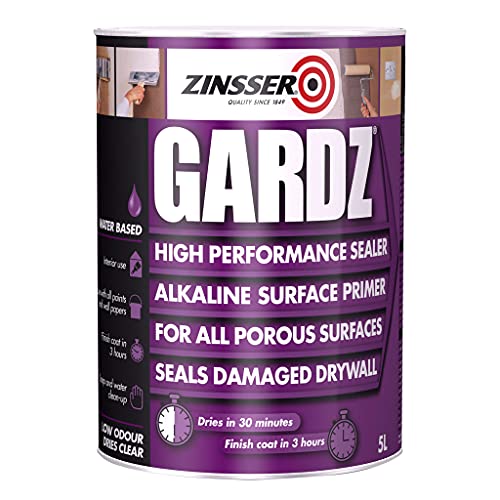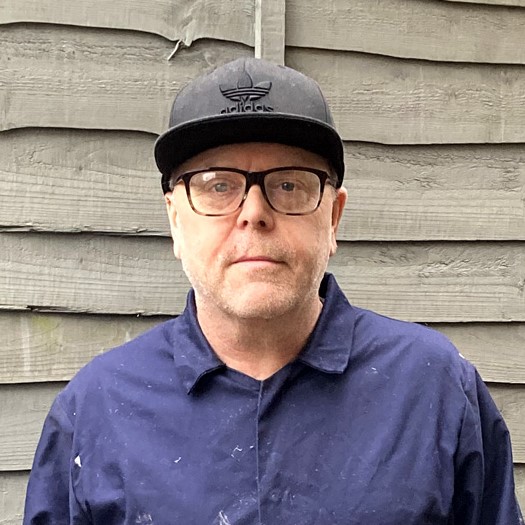Pros reveal easy-to-follow techniques to stop paint peeling and keep it looking good for longer
Discover the steps you need to take to ensure your paint won’t start peeling any time soon
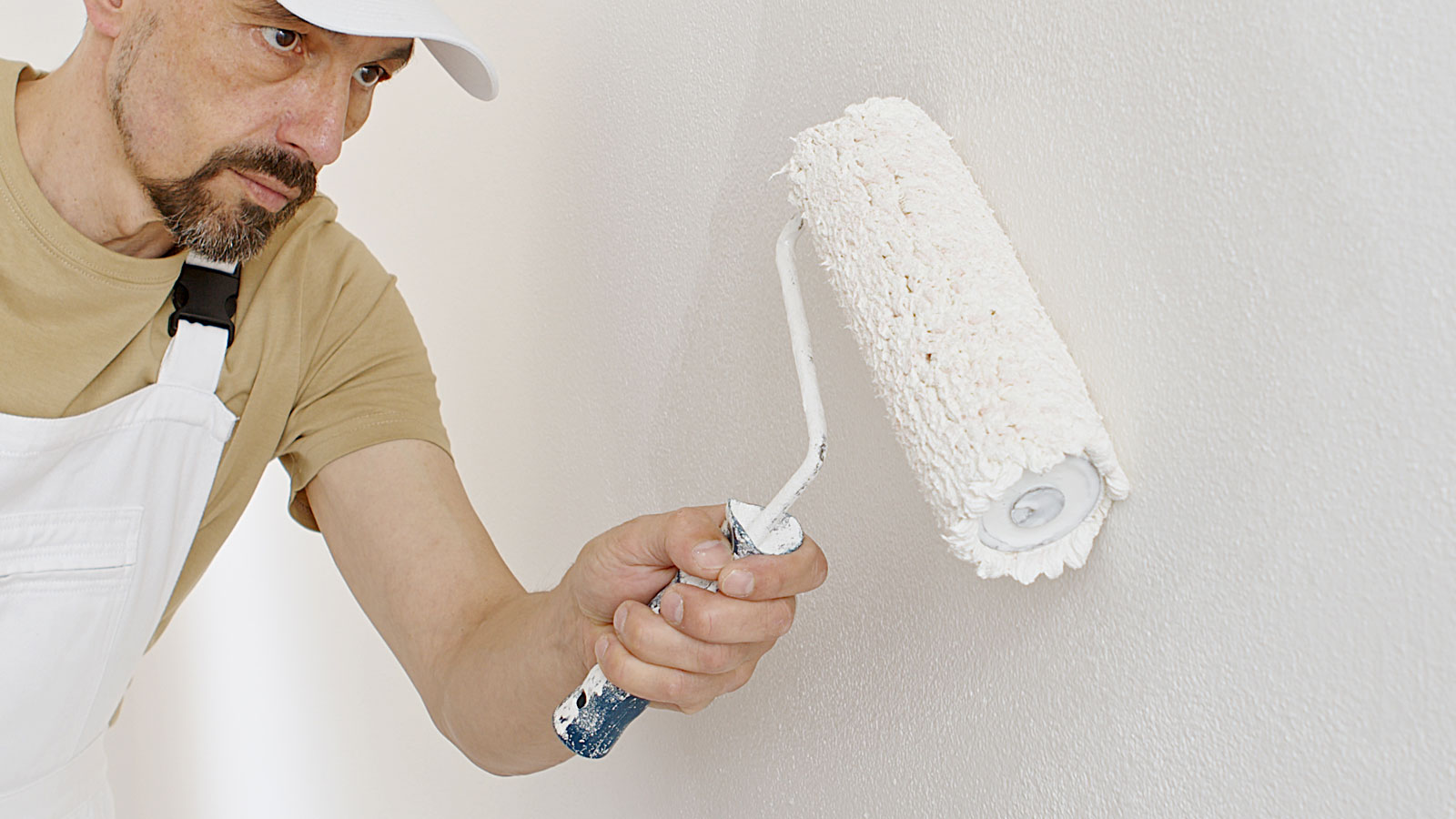
Peeling paint is unwanted and an eyesore. It's also a sign that there’s been an issue in the preparation or application. Freshly applied paint can look good even if the preparation is below par. But it won’t be long before it starts to show just how poor the paint job is. It will easily chip or scratch, and of course, peel.
To stop paint peeling, you need to make sure that you make all the right moves before painting a room, doors or even skirting boards. Get everything right before you even start applying paint, and you won’t have to put up with poor and peeling paint. Just a paint job to be proud of that will stay looking good for longer.

Mark has over 20 years of experience in the building sector, leading to a wealth of knowledge surrounding building and renovating that he enjoys sharing with others who are looking to complete their own building projects.
Causes of paint peeling
To stop paint peeling, you need to understand the underlying causes to help prevent it from happening in the first place. Typically, this is something to do with the surface or the application of the paint.
1. Poor preparation
Getting your preparation right for any DIY project is crucial for success, and a paint job is no different, shares Mark Irving, building expert at Build & Plumb. “Poor preparation is a common cause of peeling paint; when the surface underneath the paint isn’t prepared properly, the paint may not adhere correctly.”
2. Incorrect application
You might think it's easy to paint a surface, and all will be well. But the poor application can be a key component of peeling paint. Irving points out, “When paint is applied in thick layers, it can affect its ability to adhere to the surface properly, causing it to peel off.”
3. Too much moisture
Painting directly onto a surface that holds moisture is a poor choice, but unfortunately, the moisture problem may not always be obvious. Irving says, “An underlying problem, like rising damp whereby moisture rises up through the walls due to a poor damp proof course, can be an issue.”
A more obvious problem may be a room where there’s high humidity, like a bathroom or kitchen. Irving says, “These have moisture from showering or cooking and a lack of ventilation.”
Try these tools to help stop paint peeling

Jack Reading has worked with the team at Emperor Paint for over 5 years. Drawing on his experience helping hundreds of homeowners and professionals with their projects, he now develops resources, training materials and expert guidance that make exterior decorating achievable for anyone.
3 ways to stop paint peeling
Understanding the issues that can cause paint to peel is essential for knowing how to prevent it on your next painting job.
Bring your dream home to life with expert advice, how to guides and design inspiration. Sign up for our newsletter and get two free tickets to a Homebuilding & Renovating Show near you.
1. Make sure the surface is ready to be painted
It cannot be stressed enough how important preparation is, as Jack Reading, paint expert from Emperor Paint shares, “Good painting always starts with good prep. If you skip cleaning or priming, the paint just won’t stick properly to the surface you are painting. By not prepping the surface, you may be setting yourself up for disappointment.”
Depending on the surface, you will need to sand, clean or both. If painting new plaster, you will need to apply a mist coat first. If working with a previously emulsioned wall, you will need to clean with sugar soap, wash down and lightly sand.
2. Always think, do I need a primer?
The current state of a surface can have a significant bearing on the adhesion of the paint, so after cleaning and sanding, what else might you need? Reading explains, “If you’re painting a surface that hasn’t been painted before, it often requires a primer to allow the paint to stick to the surface.”
He adds, “A common mistake many homeowners make is choosing a primer that isn’t compatible with the type of paint they plan to use. Always check that the primer and paint you are using are designed to be used together.”
You can use a general-purpose primer like Zinsser Bulls Eye 1-2-3 Primer, which is OK for most surfaces. Another option is Crown Trade PX4 All Purpose Primer (available from B&Q). But you might want to choose a more specific primer for different surfaces. Zinsser Cover Stain (also available from B&Q) is suitable for exterior wood surfaces, while Zinsser Gardz is good for previously wallpapered walls.
3. Use the correct paint for the substrate
It may seem obvious, but you must choose the right paint for the surface that you are working on, as Reading explains, “Different materials need different types of paint.” He adds, “Using the wrong product, like applying interior emulsion to an exterior wall, will quickly lead to peeling paint.”
This advice is particularly pertinent if working with bare wood or plaster. You will first need to ensure that you have prepped the area and applied the appropriate primer. To finish, you will need to add a suitable paint. If painting wood, use an undercoat followed by a suitable paint, such as this Dulux Trade Quick Dry Satinwood Paint from Amazon. You can add emulsion to wood, but it will quickly deteriorate and even start peeling as it isn’t as hard-wearing as a wood paint.
How to get rid of peeling paint
Prevention is better than repair, but if you do have small patches of peeling paint it is sometimes better to repair than to start over. It saves you time and money and will be hard to spot if done well.
Start by removing any peeling paint with a scraper, and then sand the area and blend the edges with fine sandpaper. Apply a primer and finish with an appropriate paint. If you have excessive peeling, it is better to start afresh. Remove all paint, repair, prep and add new paint.
FAQs
Can you use oil and water-based paints together?
Yes, you can, although using a water-based paint on top of a water-based undercoat or primer is typically a better choice. There is less prep, and the paint dries quicker than oil-based paints.
Ideally, try to use the same brand and type, so if choosing Dulux Trade for undercoat, use Dulux Trade for the top coat. It's not critical that you do, but it helps. They are formulated to work together, which often helps adhesion and durability.
Is there anything I can put on top of paint to stop it peeling?
A correctly chosen paint, i.e. wood paint for wood, that is applied correctly to a well-prepared and dry surface, should not peel. The makeup of the paint will be enough to provide good adhesion and a durable finish.
Often, it's what’s under the top layers of paint that causes an issue. If you are looking to apply paint over a previously painted surface, you can use Zinsser Peel Stop to help improve adhesion. This is a flexible sealer that binds to old paint to help fill gaps and cracks and provide a sound surface to paint.
Are one-coat paints prone to peeling?
One-coat paints are OK for a quick cover-up, but not much else. They are prone to peeling, especially if the surface they are applied to hasn’t been adequately prepared. This is typically more applicable to one coat paints on woodwork, i.e., gloss on gloss.
Typically, one coat of paint is not enough to give an even finish. It can look patchy because it doesn't cover as well. To ensure an even deeper-looking finish, at least two coats of paint are needed.
No one wants peeling paint on any projects, so get it right and check out our 11 loft bedroom decorating ideas, utility room ideas, and eco paints guides and get an excellent finish on your next project.
Steve Jenkins is a freelance content creator with over two decades of experience working in digital and print and was previously the DIY content editor for Homebuilding & Renovating.
He is a keen DIYer with over 20 years of experience in transforming and renovating the many homes he has lived in. He specialises in painting and decorating, but has a wide range of skills gleaned from working in the building trade for around 10 years and spending time at night school learning how to plaster and plumb.
He has fitted kitchens, tiled bathrooms and kitchens, laid many floors, built partition walls, plastered walls, plumbed in bathrooms, worked on loft conversions and much more. And when he's not sure how to tackle a DIY project he has a wide network of friends – including plumbers, gas engineers, tilers, carpenters, painters and decorators, electricians and builders – in the trade to call upon.
